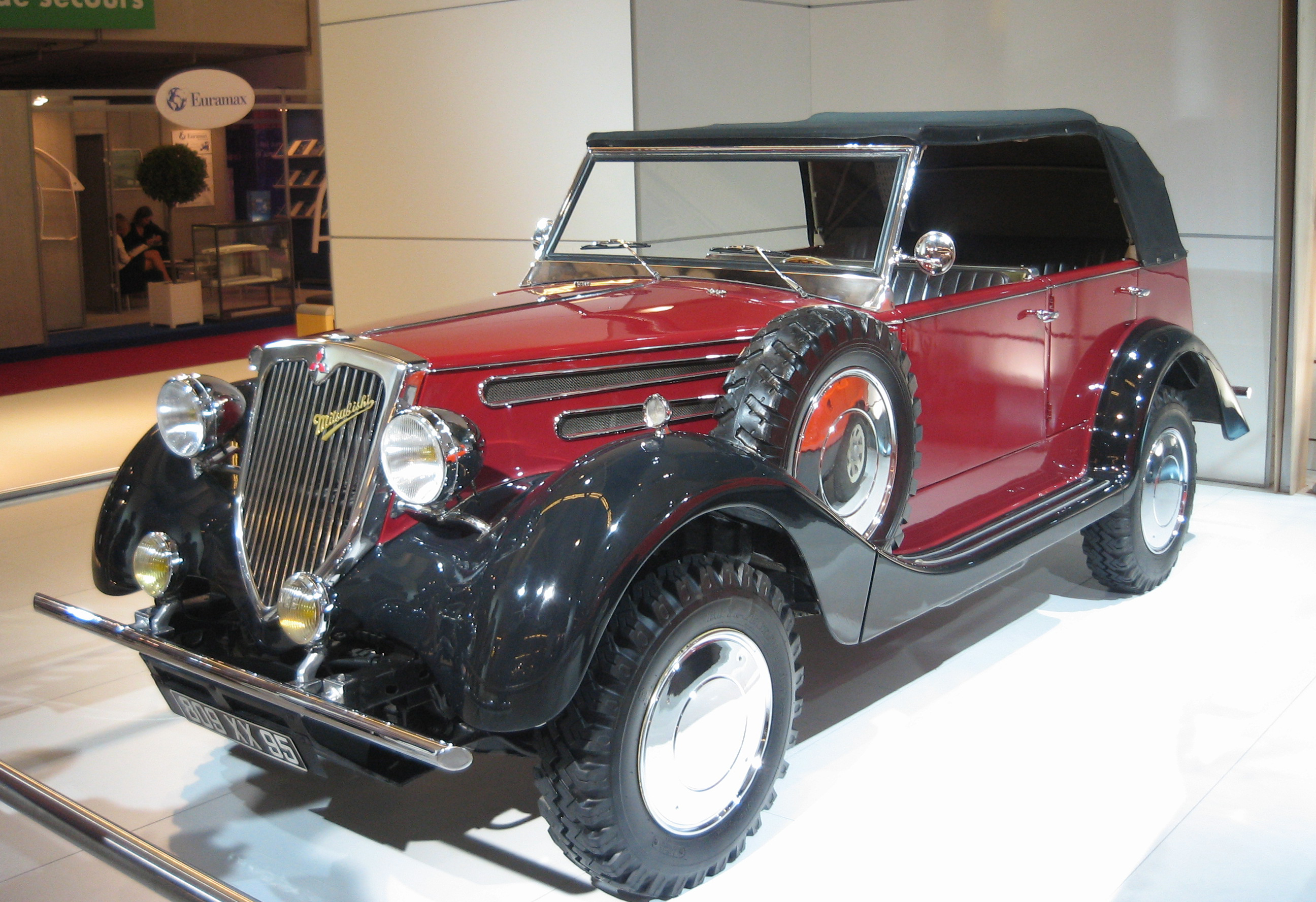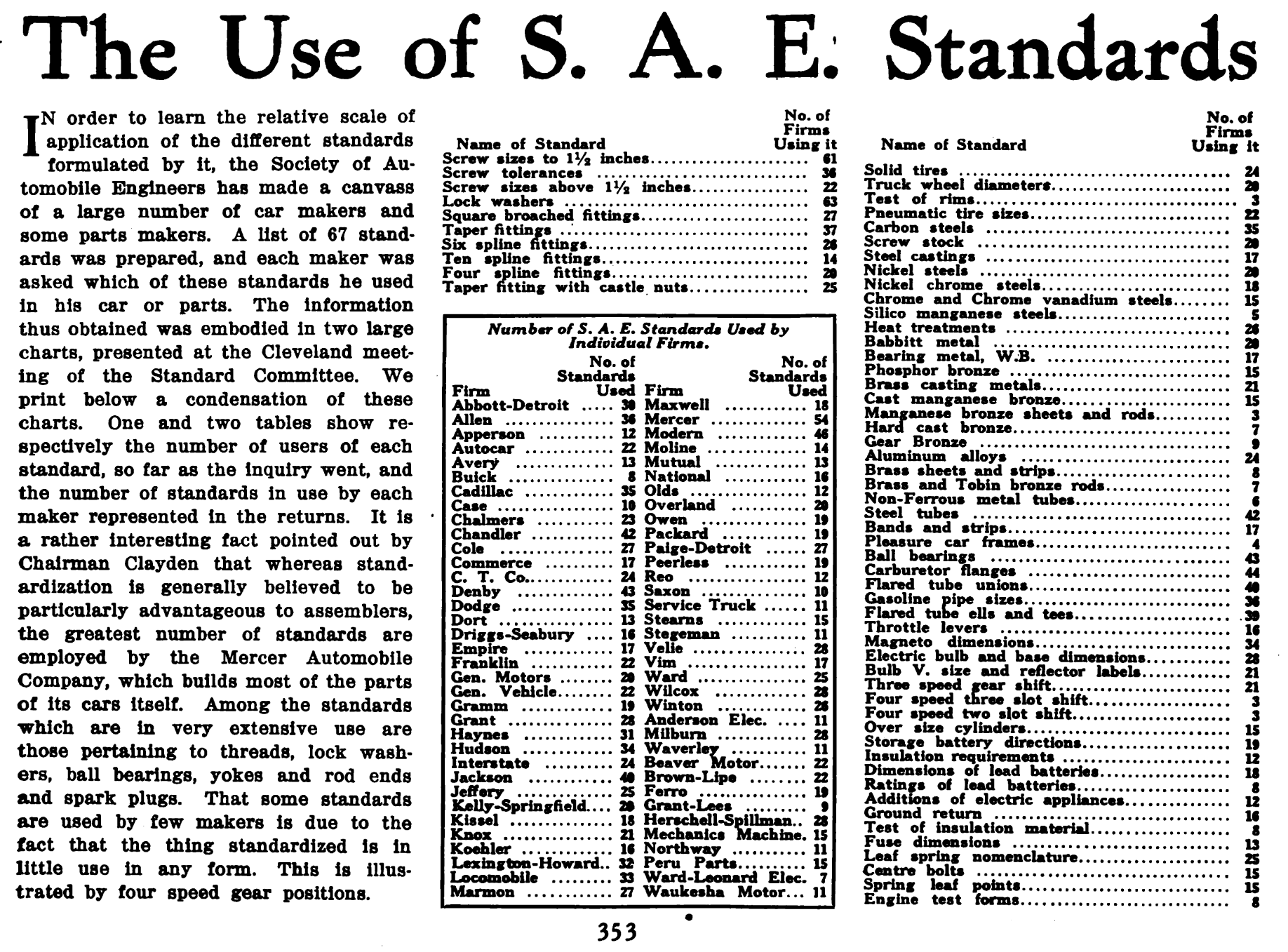|
Mitsubishi Neptune Engine
The Mitsubishi Neptune or 4G4 engine is a series of iron-block OHV inline-four engines built by Mitsubishi Motors from 1971 to 1979, alongside the '' Orion'', ''Saturn'', ''Astron'', and ''Sirius''. This was to be Mitsubishi's last OHV engine. The inability to clear new passenger car emissions rules for 1978 meant that the Neptunes were replaced by the 4G1 ''Orion''. The Neptune continued to be built until 1979 for commercial vehicles, which suffered less restrictive environmental regulations. 4G41 ''Displacement'' — ''Bore x Stroke'' — ''Power'' — at 6,000 rpm (Galant FTO) :::: at 2,700 rpm in a 1972 FG15 forklift ''Torque'' — at 4,000 rpm :::: at 2,000 rpm in a 1972 FG15 forklift Applications *Mitsubishi Galant * 1971-1973 Mitsubishi Galant FTO * 1971.10-1979.06 Mitsubishi Delica 75/1400 * Mitsubishi Forklift FG14, FG15 4G42 ''Displacement'' — ''Bore x Stroke'' — ''Power'' — SAE at 6,000 rpm ''Torque'' — at 4,000 rpm App ... [...More Info...] [...Related Items...] OR: [Wikipedia] [Google] [Baidu] |
Mitsubishi Motors
is a Japanese multinational automobile manufacturer headquartered in Minato, Tokyo, Japan.Corporate Profile , Mitsubishi Motors website, 19 June 2008 In 2011, Mitsubishi Motors was the sixth-largest Japanese and the 19th-largest worldwide by production. Since October 2016, Mitsubishi has been one-third (34%) owned by , thus a part of the Renault–Nissan–Mitsubishi Alliance. Besides being part of the ... [...More Info...] [...Related Items...] OR: [Wikipedia] [Google] [Baidu] |
Emission Standard
Emission standards are the legal requirements governing air pollutants released into the atmosphere. Emission standards set quantitative limits on the permissible amount of specific air pollutants that may be released from specific sources over specific timeframes. They are generally designed to achieve air quality standards and to protect human life. Different regions and countries have different standards for vehicle emissions. Regulated sources Many emissions standards focus on regulating pollutants released by automobiles (motor cars) and other powered vehicles. Others regulate emissions from industry, power plants, small equipment such as lawn mowers and diesel generators, and other sources of air pollution. The first automobile emissions standards were enacted in 1963 in the United States, mainly as a response to Los Angeles' smog problems. Three years later Japan enacted their first emissions rules, followed between 1970 and 1972 by Canada, Australia, and several Eu ... [...More Info...] [...Related Items...] OR: [Wikipedia] [Google] [Baidu] |
Mitsubishi Motors Engines
This is a list of engines produced by Mitsubishi Motors since 1964, and its predecessors prior to this. Explanation of codes The Mitsubishi zaibatsu had been broken up into three companies by the US occupying forces. Automobile and truck engines were mainly built by three branches of one of these companies, Central Heavy Industries (Shin-Mitsubishi Heavy Industries from 1952). These three branches (Mizushima, Nagoya, and Kyoto Engineering Works) were established as clusters of the many small aircraft factories built during the war. Thus, Mizushima developments gained the ME code, followed by a numerical, while engines developed in Nagoya became the NE-series and Kyoto-developments were named KE. The numbers do not in any way relate to each other or across letter codes and were purely issued in order of development. In 1964 the three companies were merged into Mitsubishi Heavy Industries and eventually a new naming system emerged. Since the introduction of the 2G10 engine in October ... [...More Info...] [...Related Items...] OR: [Wikipedia] [Google] [Baidu] |
List Of Mitsubishi Engines
This is a list of engines produced by Mitsubishi Motors since 1964, and its predecessors prior to this. Explanation of codes The Mitsubishi zaibatsu had been broken up into three companies by the US occupying forces. Automobile and truck engines were mainly built by three branches of one of these companies, Central Heavy Industries (Shin-Mitsubishi Heavy Industries from 1952). These three branches (Mizushima, Nagoya, and Kyoto Engineering Works) were established as clusters of the many small aircraft factories built during the war. Thus, Mizushima developments gained the ME code, followed by a numerical, while engines developed in Nagoya became the NE-series and Kyoto-developments were named KE. The numbers do not in any way relate to each other or across letter codes and were purely issued in order of development. In 1964 the three companies were merged into Mitsubishi Heavy Industries and eventually a new naming system emerged. Since the introduction of the 2G10 engine in October ... [...More Info...] [...Related Items...] OR: [Wikipedia] [Google] [Baidu] |
Mitsubishi Lancer (A70)
The Mitsubishi Lancer (A70) is the first generation version of Mitsubishi's long-running Lancer nameplate. When introduced in 1973, it filled the gap between the Minica kei car and the considerably larger Galant. It was a replacement for the Colt 1200, last sold in 1970. Although sedan production ended in 1979, vans continued on until 1985. This Lancer also formed the basis for the Lancer Celeste sports coupé of 1975 through to 1981. These Lancers were sold under a multitude of names in different markets. History 1973–1976 The Lancer A70 was launched in February 1973 in two- and four-door sedan form. It proved to be particularly successful in rallies, a claim that it retains to this day. The Lancer served to fill a gap in Mitsubishi's lineup in the small to lower-medium segment of the growing Japanese market. Twelve models were launched, ranging from a basic 1.2-litre sedan to a more powerful 1600 GSR model, successful in rallying. There were three body styles (four ... [...More Info...] [...Related Items...] OR: [Wikipedia] [Google] [Baidu] |
SAE International
SAE International, formerly named the Society of Automotive Engineers, is a United States-based, globally active professional association and standards developing organization for engineering professionals in various industries. SAE International's world headquarters is in Warrendale, Pennsylvania, 20 miles north of Pittsburgh, Pennsylvania. Principal emphasis is placed on global transport industries such as aerospace, automotive, and commercial vehicles. The organization adopted the name SAE International to reflect the broader emphasis on mobility. SAE International has over 138,000 global members. Membership is granted to individuals, rather than companies. Aside from its standardization efforts, SAE International also devotes resources to projects and programs in STEM education, professional certification, and collegiate design competitions. For historical legacy reasons, the label "SAE" is commonly used on tools and hardware in North America to indicate United States ... [...More Info...] [...Related Items...] OR: [Wikipedia] [Google] [Baidu] |
Mitsubishi Delica
The is a range of vans and pickup trucks designed and built by the Japanese automaker Mitsubishi Motors since 1968. It was originally based on a cabover van and pickup truck introduced the previous year, also called the Delica, its name a contraction of the English language phrase ''Delivery car''. This pickup truck, and a commercial van derived from it has received many names in export markets, being sold as the L300 (later L400) in Europe, Jamaica (discontinued after the third generation) and New Zealand, Express and Starwagon in Australia, and plain Mitsubishi Van and Wagon in the United States. The passenger car versions were known as Delica Star Wagon from 1979 until the 1994 introduction of the Delica Space Gear, which became simply Space Gear in Europe at least. The most recent version (not available as a commercial vehicle) is called the Delica D:5. With the exception of the first, versions of all generations are still being sold in various international markets. In J ... [...More Info...] [...Related Items...] OR: [Wikipedia] [Google] [Baidu] |
Mitsubishi Galant FTO
The Mitsubishi Galant Coupé FTO is a rear-wheel drive coupe produced by Japanese automaker Mitsubishi Motors from November 1971 to March 1975. "FTO" was meant to stand for ''Fresco Turismo Omologato'', in a fine example of Japanese Italian. The compact Coupé FTO can be seen as the replacement for the earlier Mitsubishi Colt 11-F Super Sports. The FTO was first introduced with an 1,378 cc '' 4G41 "Neptune"'' engine, until it was replaced in a February 1973 redesign by a pair of 1,597 cc '' 4G32 "Saturn"'' powerplants, offering either or depending on the state of tune. There was also a 1,439 cc Saturn engine, offering . In October 1973 there was a minor facelift, and the lineup was restricted to four versions as the EL, GS, and four-speed SL versions were cancelled. Production gradually came to an end in August 1975, after the introduction in March that year of the more staid Lancer Celeste. The FTO was based on the chassis of the first generation Mitsubishi ... [...More Info...] [...Related Items...] OR: [Wikipedia] [Google] [Baidu] |
Mitsubishi Galant
The Mitsubishi Galant is an automobile which was produced by Japanese manufacturer Mitsubishi from 1969 until 2012. The model name was derived from the French word ''galant'', meaning "chivalrous". There have been nine distinct generations with total cumulative sales exceeding five million units.History and profile of the Mitsubishi Galant , Mitsubishi Motors South Africa website It began as a sedan, but over the course of its life evolved into a . Initial production was based in Japan, but from 1994 the American market was se ... [...More Info...] [...Related Items...] OR: [Wikipedia] [Google] [Baidu] |
Japan Automobile Manufacturers Association
, or JAMA, is a trade association with its headquarters in Tokyo, Japan. It was founded in April 1967 and serves as a platform for the automakers of Japan to share technological developments and management practices. There are currently 14 member companies, manufacturing not only cars, but trucks and motorcycles as well. The organization also deals with the manufacturing and distribution of vehicle parts around the world. Together, the companies of JAMA hold a vast share of the markets in the United States, Europe, and many developing countries. JAMA also has offices located in Beijing, Singapore, Washington, D.C. (US Office), Toronto (Canadian Office) and Brussels, Belgium (Europe Office). Members of JAMA *Toyota Motor Corporation *Nissan Motors (''formerly Datsun'') *Honda Motor Co., Ltd. * Mitsubishi Motors Corporation (''Member of the Mitsubishi Group'') * Suzuki Motor Corporation *Mazda Motor Corporation * Daihatsu Motor Co., Ltd. (''Major shareholder: Toyota – 51.2% ... [...More Info...] [...Related Items...] OR: [Wikipedia] [Google] [Baidu] |
Mitsubishi Sirius Engine
The Mitsubishi Sirius or 4G6/4D6 engine is the name of one of Mitsubishi Motors' four series of inline-four automobile engines, along with Astron, Orion, and Saturn. The 4G6 gasoline engines were the favoured performance variant for Mitsubishi. The ''4G61T'' powered their Colt Turbo, while the ''4G63T'', first introduced in the 1980 Lancer EX 2000 Turbo, went on to see service in the Sapporo and Starion coupés during the so-called "turbo era" of the 1980s, before creating for itself an illustrious motorsport heritage as the powerplant under the hood of the World Rally Championship-winning Lancer Evolution. A UK-market Evo known as the FQ400 had a version of the ''Sirius'', making it the most powerful car ever sold by Mitsubishi. The 4D6 diesel engines supplemented the larger 4D5. Bore pitch is 93 mm. 4G61 (1.6 liters) The 4G61 displaces with bore/ full length stroke of . This engine was always DOHC 16-valve and used either Multi-point (MPFI) or Electronic Contro ... [...More Info...] [...Related Items...] OR: [Wikipedia] [Google] [Baidu] |
Inline-four Engine
A straight-four engine (also called an inline-four) is a four-cylinder piston engine where cylinders are arranged in a line along a common crankshaft. The vast majority of automotive four-cylinder engines use a straight-four layout (with the exceptions of the flat-four engines produced by Subaru and Porsche) and the layout is also very common in motorcycles and other machinery. Therefore the term "four-cylinder engine" is usually synonymous with straight-four engines. When a straight-four engine is installed at an inclined angle (instead of with the cylinders oriented vertically), it is sometimes called a slant-four. Between 2005 and 2008, the proportion of new vehicles sold in the United States with four-cylinder engines rose from 30% to 47%. By the 2020 model year, the share for light-duty vehicles had risen to 59%. Design A four-stroke straight-four engine always has a cylinder on its power stroke, unlike engines with fewer cylinders where there is no power stroke occu ... [...More Info...] [...Related Items...] OR: [Wikipedia] [Google] [Baidu] |

_GL_sedan_(2010-09-23)_01.jpg)



